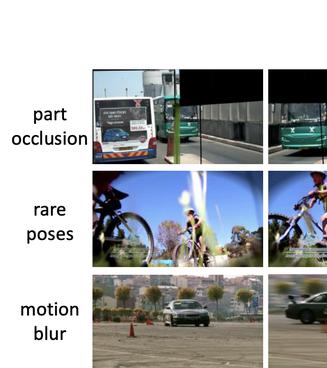WSOD^2: Learning Bottom-up and Top-down Objectness Distillation for Weakly-supervised Object Detection
We study on weakly-supervised object detection (WSOD) which plays a vital role in relieving human involvement from object-level annotations. Predominant works integrate region proposal mechanisms with convolutional neural networks (CNN). Although CNN is proficient in extracting discriminative local features, grand challenges still exist to measure the likelihood of a bounding box containing a complete object (i.e., "objectness"). In this paper, we propose a novel WSOD framework with Objectness Distillation (i.e., WSOD^2) by designing a tailored training mechanism for weakly-supervised object detection. Multiple regression targets are specifically determined by jointly considering bottom-up (BU) and top-down (TD) objectness from low-level measurement and CNN confidences with an adaptive linear combination. As bounding box regression can facilitate a region proposal learning to approach its regression target with high objectness during training, deep objectness representation learned from bottom-up evidences can be gradually distilled into CNN by optimization. We explore different adaptive training curves for BU/TD objectness, and show that the proposed WSOD^2 can achieve state-of-the-art results.
PDF Abstract




 MS COCO
MS COCO